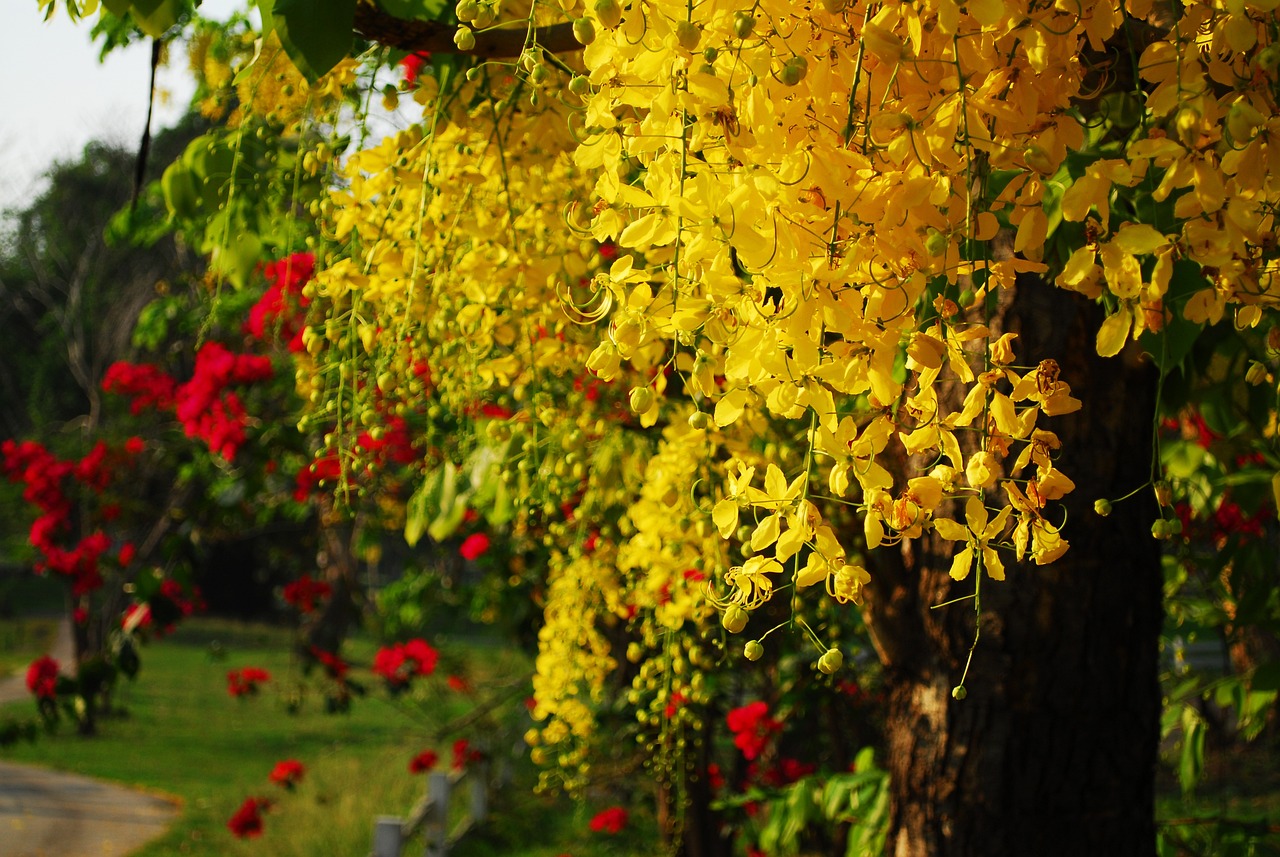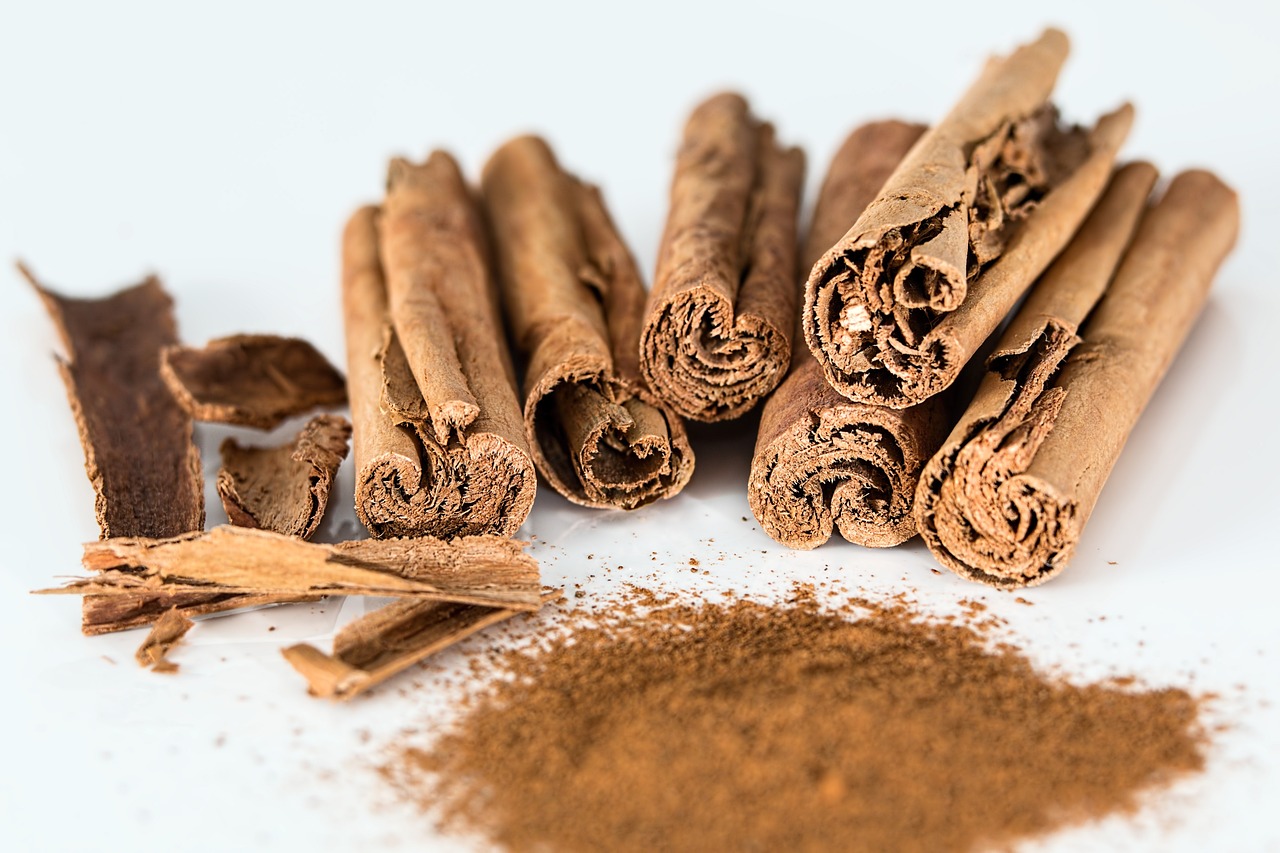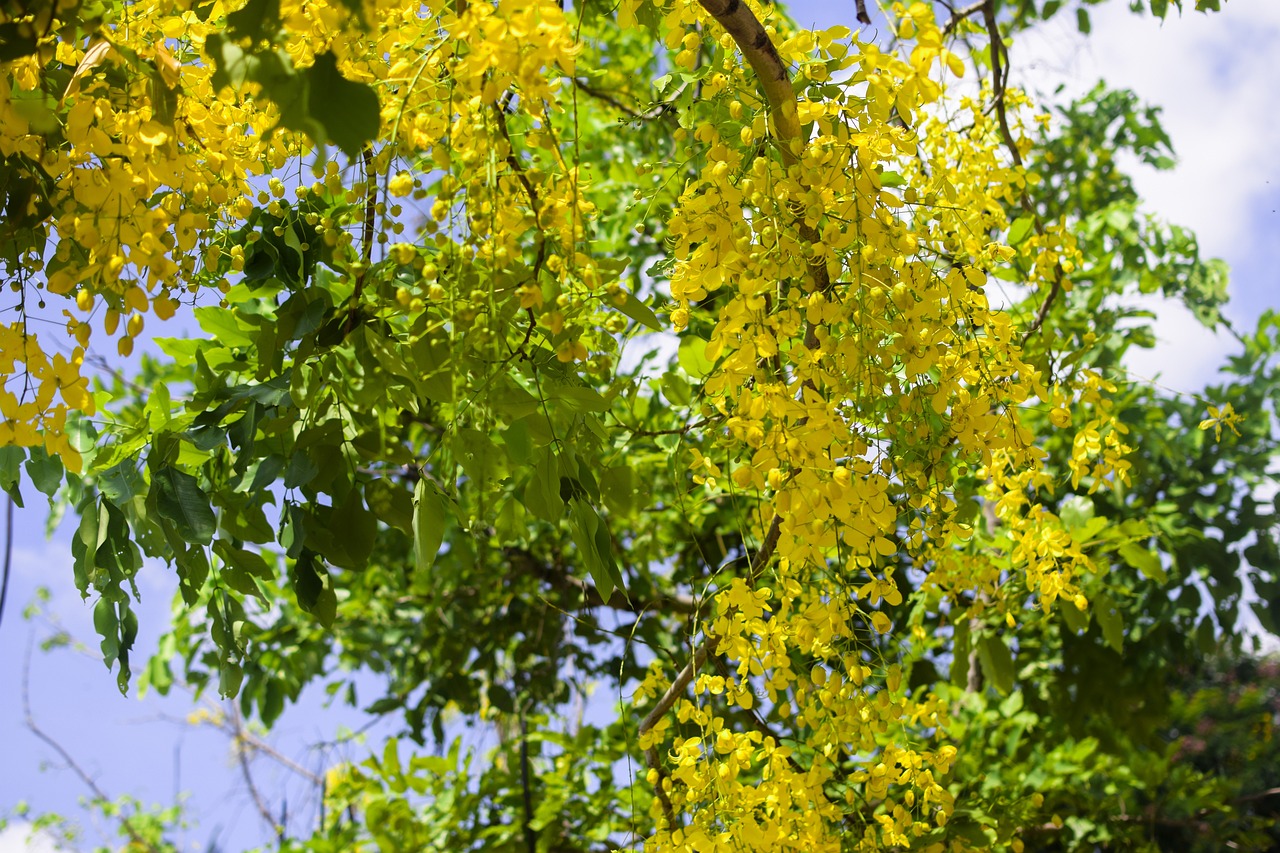Discovering Cassia: A Guide to Its Habitat, Characteristics, and Cultivation
Cassia is a diverse genus of flowering plants within the legume family, Fabaceae. Known for their vibrant yellow blooms and diverse species, Cassia plants are a popular choice for gardens and landscapes. In this blog post, we will explore the habitat, characteristics, and symbolism of Cassia, provide tips on how to cultivate it, and discuss additional interesting aspects of this fascinating genus.
Understanding Cassia: Habitat and Characteristics
Habitat of Cassia
Cassia species are predominantly found in tropical and subtropical regions around the world. They thrive in warm climates and are native to regions such as South America, Africa, and parts of Asia. These plants prefer well-drained soil and are often seen growing in open forests, savannas, and grasslands. Their adaptability allows them to flourish in a variety of environments, making them a versatile choice for gardeners.
Characteristics of Cassia
Cassia plants are renowned for their striking, bright yellow flowers that bloom in clusters, creating an eye-catching display. The leaves of Cassia are typically pinnate, with a feathery appearance that adds to their aesthetic appeal. Many species also produce pods containing seeds, which can be used for propagation. Cassia is not only appreciated for its beauty but also for its role in supporting pollinators like bees and butterflies.
The Symbolism of Cassia
In the language of flowers, Cassia is often associated with the ideas of strength and resilience. This symbolism is derived from its ability to thrive in various challenging environments. Additionally, the bright yellow flowers are said to represent joy and happiness, making Cassia an excellent choice for adding a touch of cheer to gardens.

How to Grow and Care for Cassia
Planting Cassia
To successfully grow Cassia, start by selecting a location that receives full sun, as these plants require ample sunlight to thrive. The soil should be well-drained, and slightly acidic to neutral in pH. When planting, space the plants adequately to allow for their spread and ensure good air circulation.
Watering and Fertilizing
Cassia plants need regular watering, especially during dry spells. However, be cautious not to overwater, as they do not tolerate waterlogged conditions. A balanced, slow-release fertilizer applied in the spring can help promote healthy growth and vibrant blooms.
Pruning and Maintenance
Regular pruning helps maintain the shape and health of Cassia plants. Remove dead or diseased branches and trim back any overgrown areas to encourage bushier growth. Additionally, removing spent flowers can help prolong blooming periods.

Additional Insights on Cassia
Environmental Benefits of Cassia
Cassia plants provide numerous ecological benefits. They play a vital role in nitrogen fixation, enriching the soil they grow in. Furthermore, their bright flowers attract pollinators, supporting local biodiversity. For those interested in sustainable gardening practices, incorporating Cassia into your landscape can contribute positively to the ecosystem.
Uses of Cassia in Traditional Medicine
Historically, various parts of the Cassia plant have been used in traditional medicine. In some cultures, it is believed to have laxative properties and is used to treat digestive issues. Always consult with a healthcare provider before using any plant for medicinal purposes.
Popular Varieties of Cassia
There are numerous species of Cassia, each with unique features. Some popular varieties include Cassia fistula, known as the Golden Shower Tree, and Cassia javanica, or the Apple Blossom Tree. Each brings its own unique charm to gardens and landscapes.
Resources and Further Reading
For more detailed information on growing and caring for Cassia, consider visiting the Royal Horticultural Society website. Additionally, you can explore our Gardening Tips section for more insights on plant care and gardening advice.
